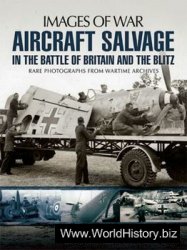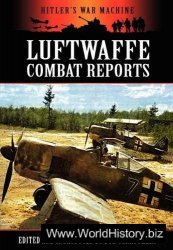Intelligence operations served, in different ways, both to stabilise and to destabilise the Cold War. Perhaps the most important stabilising factor was the development ofIMINT. Studies ofthe Cold War frequently forget the truth of Dwight D. Eisenhower's dictum that intelligence on 'what the Soviets did not have' was often as important as information on what they did. Ignorance of a feared opponent invariably leads to an overestimation of the opponent's strength. Shortage of reliable intelligence in the early 1950s generated the dangerous American myth of the 'bomber gap', soon followed by that of the 'missile gap' - the delusion that the Soviet Union was increasingly

29. U2 spy plane in flight. The U2 overflights of Soviet territory started in 1956 and delivered critical intelligence about the military buildup of the USSR.
Out-producing the United States in both long-range bombers and intercontinental ballistic missiles (ICBMs). In 1955, US Air Force intelligence estimates calculated that by the end of the decade the Soviet Long-Range Air Force would be more powerful than the US Strategic Air Command, whose head, General Curtis LeMay, speculated irresponsibly about the possibility of a preemptive strike to prevent the Soviet Union achieving nuclear superiority.
The ability of both superpowers by the middle years of the Cold War to monitor each other’s nuclear strike force was crucially dependent on a revolution in imagery intelligence, which began with the construction of the U-2, the world’s first high-altitude spy-plane, fitted with the world’s highest resolution cameras. U-2 missions over the Soviet Union, which began in 1956, followed four years later by the launch of the first spy satellites, convinced the Eisenhower administration that the Soviet nuclear strike force was not in fact overtaking that of the United States.625 Without the IMINT revolution, US policy to the Soviet Union would doubtless have continued to be confused by destabilising myths about the extent of Soviet nuclear capability. The course of the 1962 Cuban missile crisis would also have been different. But for IMINT from U-2s (whose interpretation owed much to top-secret documents supplied by the British-American agent in Moscow, Oleg Penkovskii),626 Nikita S. Khrushchev would almost certainly have achieved his ambition of concealing the construction of the missile bases until they were fully operational. The world would have come even closer to thermonuclear warfare.
After the missile crisis, the intelligence available to both East and West on the extent and deployment of their opponents’ nuclear strike force became an essential element in stabilising the Cold War arms race. Without what were euphemistically termed 'national technical means’ (NTMs), based on a combination of IMINT and SIGINT, verification of the arms-control and arms-limitation agreements ofthe later Cold War would have been impossible. The crucial importance ofNTMs was explicitly recognised by the START treaty of 1989, which cut strategic nuclear arsenals by about 30 per cent and required both the United States and the Soviet Union 'not to interfere with the national technical means of verification of the other Party’ and 'not to use concealment measures that impede verification by national technical means’. A protocol laid down detailed conditions designed to ensure that each side was able to monitor unhindered the other’s missile telemetry.627




 World History
World History









